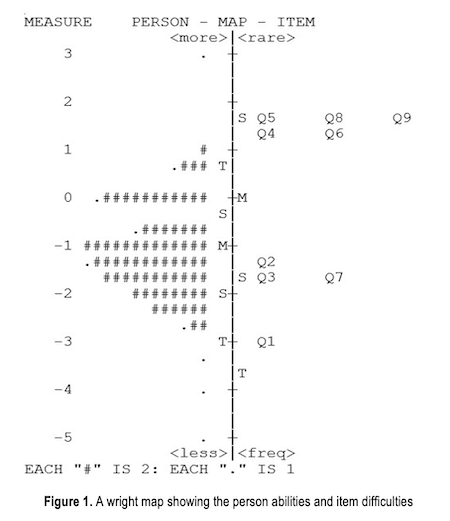Published: June 1, 2022
About Journal
The Journal of Mathematics Education (IndoMS-JME) was founded through a collaborative effort between Universitas Sriwijaya and the Indonesian Mathematical Society (IndoMS). The journal functions as a platform for the dissemination of innovative ideas and significant advancements in mathematics education. Its goal is to represent the wide array of research interests and the diverse methodologies employed to investigate these interests. Rather than concentrating exclusively on a specific mathematics teaching program, the journal addresses the methodological, didactical, political, and socio-cultural dimensions of mathematics teaching and learning. IndoMS-JME invites research from all approaches, with a particular emphasis on high-quality articles that possess global relevance and impact on mathematics learning. All submitted manuscripts undergo an initial review by the editorial team, followed by a thorough evaluation by at least two international reviewers through a rigorous double-blind peer review process. This ensures the publication of research of the highest scholarly standard in the journal.










